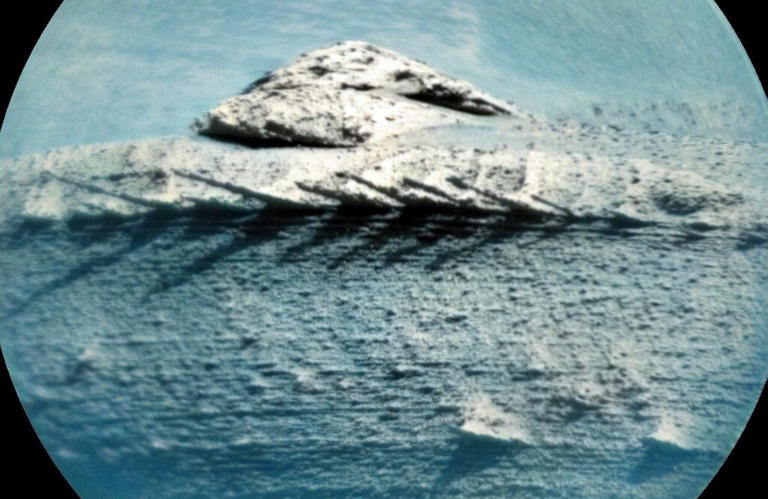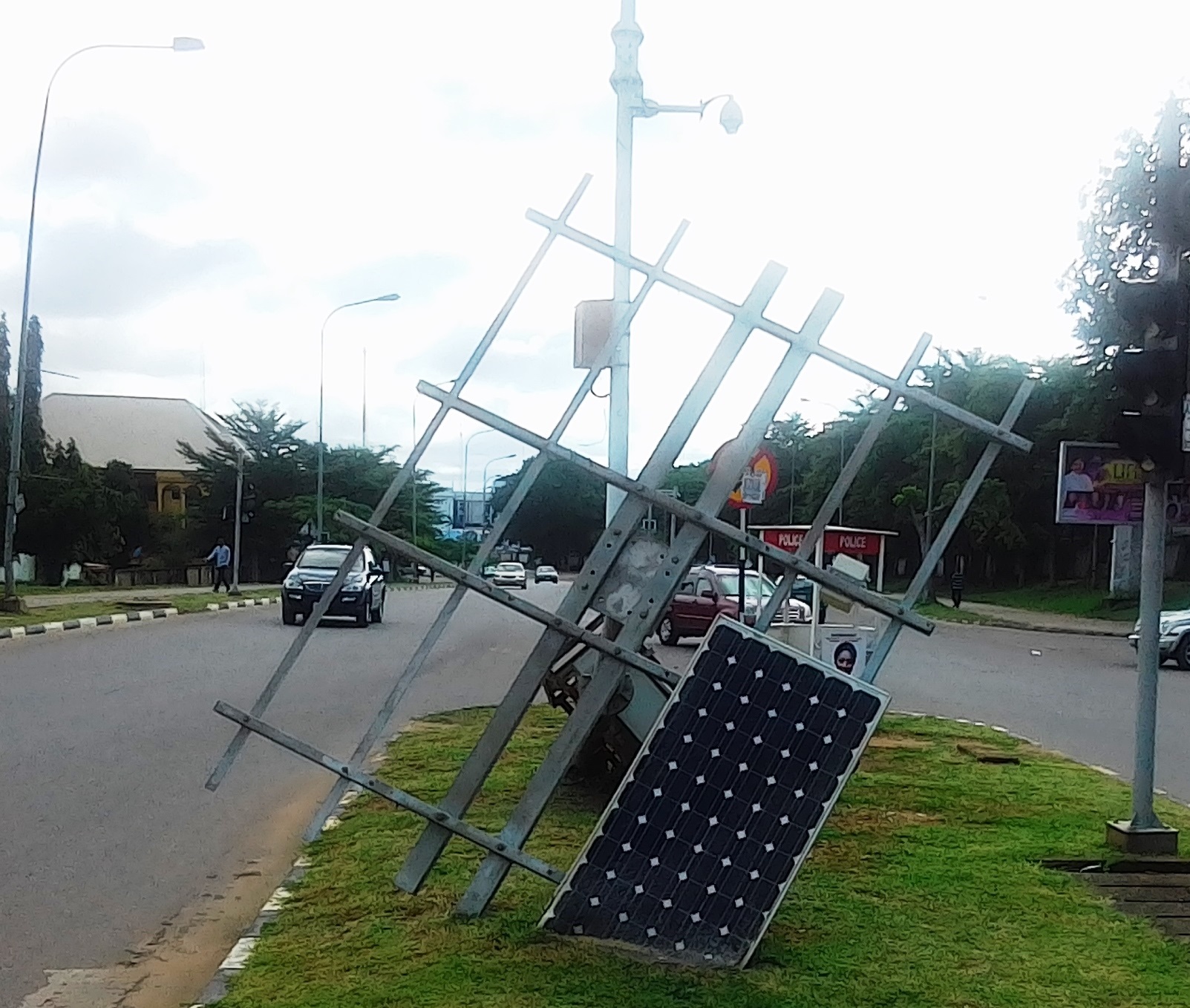The investigation into the implosion of the Titan submersible, which tragically claimed the lives of five individuals during its voyage to the Titanic wreck, moves forward as debris is brought ashore.

The recent implosion of the Titan submersible during its journey to the Titanic wreck has captivated the world’s attention. In a significant development, the debris from the ill-fated submersible has been successfully returned to land, marking a crucial milestone in the ongoing investigation. This article delves into the details of this tragic incident, sheds light on the recovery efforts, and explores the importance of the retrieved debris in understanding the cause of the implosion.
The Return Of Debris To St John’s, Newfoundland And Labrador
Following the fatal implosion that claimed the lives of all five individuals on board, the debris from the Titan submersible has been transported back to port in St. John’s, Newfoundland and Labrador. This critical step plays a vital role in uncovering the reasons behind the submersible’s implosion. Twisted remnants of the 22-foot submersible were carefully unloaded at a Canadian Coast Guard pier on a poignant Wednesday.
The Investigation And Offshore Operations
The Canadian ship Horizon Arctic, equipped with a remotely operated vehicle (ROV), has been instrumental in scouring the ocean floor near the Titanic wreck for traces of the submersible. The ROV, owned by Pelagic Research Services, a reputable company with offices in Massachusetts and New York, has completed its offshore operations. Despite the ongoing Titan investigation, Pelagic Research Services’ team, currently engaged in the mission, refrains from making comments due to their commitment and dedication to the operation. The investigation involves multiple government agencies from the United States and Canada, ensuring a thorough and comprehensive analysis.
Analyzing Debris For Clues And Data
In search of valuable insights into the submersible’s fate, experts consulted by the Coast Guard emphasize the significance of examining the physical materials of the recovered debris. The analysis of these remnants could potentially shed light on the circumstances surrounding the Titan’s implosion. Additionally, there is a possibility of retrieving electronic data, as deep-sea vehicles often record and transmit crucial information. However, the availability of such data remains uncertain, leaving open questions that require further exploration.
Coast Guard’s Role And The Marine Board Of Investigation
The Coast Guard, leading the investigation into the submersible’s implosion, has initiated a Marine Board of Investigation, demonstrating the gravity and importance of this incident. The Marine Board of Investigation represents the highest level of scrutiny employed by the Coast Guard in such cases. The collaboration with renowned experts, such as Carl Hartsfield from the esteemed Woods Hole Oceanographic Institution, contributes to a meticulous examination of the evidence.
Update From Horizon Arctic And Coast Guard
Despite requests for comments, representatives from Horizon Arctic have not provided any official statements at this time. Similarly, Coast Guard representatives have declined to comment on both the investigation and the return of the debris to shore. As the investigation unfolds, precautions have been taken to handle any potential discovery of human remains during the process. Notably, no bodies have been recovered thus far, highlighting the complexity and challenges of the operation.
International Collaboration and Safety Regulations
The investigation has garnered international attention, with the National Transportation Safety Board and the Transportation Safety Board of Canada actively participating in the inquiry. Both organizations have refrained from making official statements, indicating the ongoing nature of the investigation.





